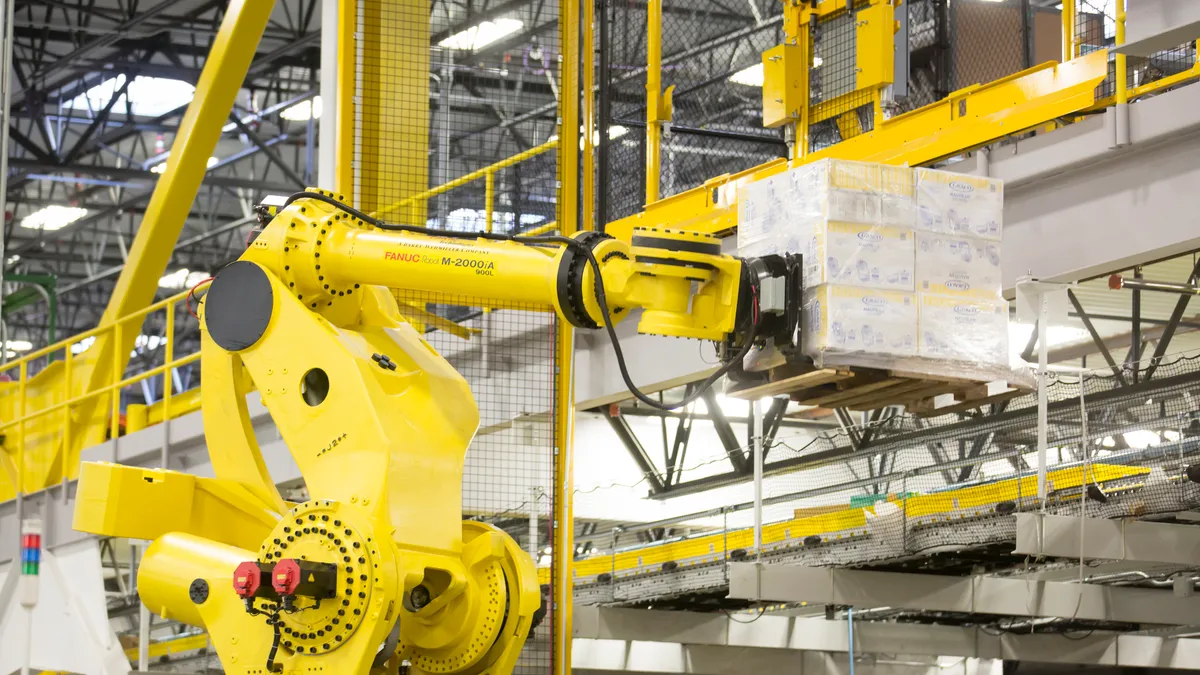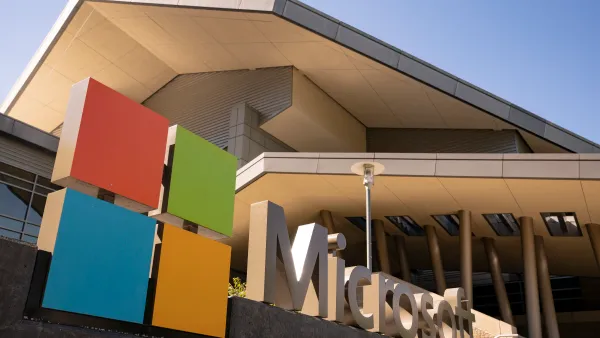Dive Brief:
- Warehouse automation orders declined by 3% in 2024 amid global macroeconomic challenges and geopolitical tensions, according to market research firm Interact Analysis.
- The good news for the market is that it’s poised to enter a period of slow recovery this year after a slump that began in 2022, the research firm said in a recent report.
- “We expect that [warehouse automation] investments are going to pick up slightly in 2025, but it’s going to be low single-digit growth,” Rowan Stott, a senior research analyst at Interact Analysis, said in an interview. The recovery is expected to accelerate in 2026 and beyond, he said.
Dive Insight:
Factors that contributed to last year’s decline include an oversupply of warehouses built during the COVID-19 pandemic, persistently high interest rates in many territories, political uncertainty around elections, and China’s real estate crisis, according to Interact Analysis.
Warehouse automation order intake is expected to show strong growth starting in 2026, with long-term expansion projected at a compound annual growth rate of 8% between 2024 and 2030, the report said.
Meanwhile, the sector’s emerging mobile robot segment has remained resilient although economic headwinds have slowed its momentum, Stott said.
Nearly three in four CFOs responding to a recent Deloitte survey said they expect the North American economy to improve over the next year, with half rating the region’s current economy as good. Sixty-seven percent of respondents said it was now time to take greater risks.
“It’s possible that finance chiefs are relieved that the US election is settled, which may provide a degree of certainty about what’s ahead,” Deloitte said in a report on the findings.
A series of interest rate cuts by the Federal Reserve in 2024 and the prospect of further cuts this year might also be boosting CFOs’ optimism, the report said.
Still, businesses continue to face challenges in the coming year, including risks and uncertainties related to President Donald Trump’s tariff plans, Stott said.
“I think it’s a bit too early to tell what the real impacts of this is going to be on the warehouse automation sector,” he said. “I expect over the next year we’re probably going to get a little bit more insight into what this really means.”












